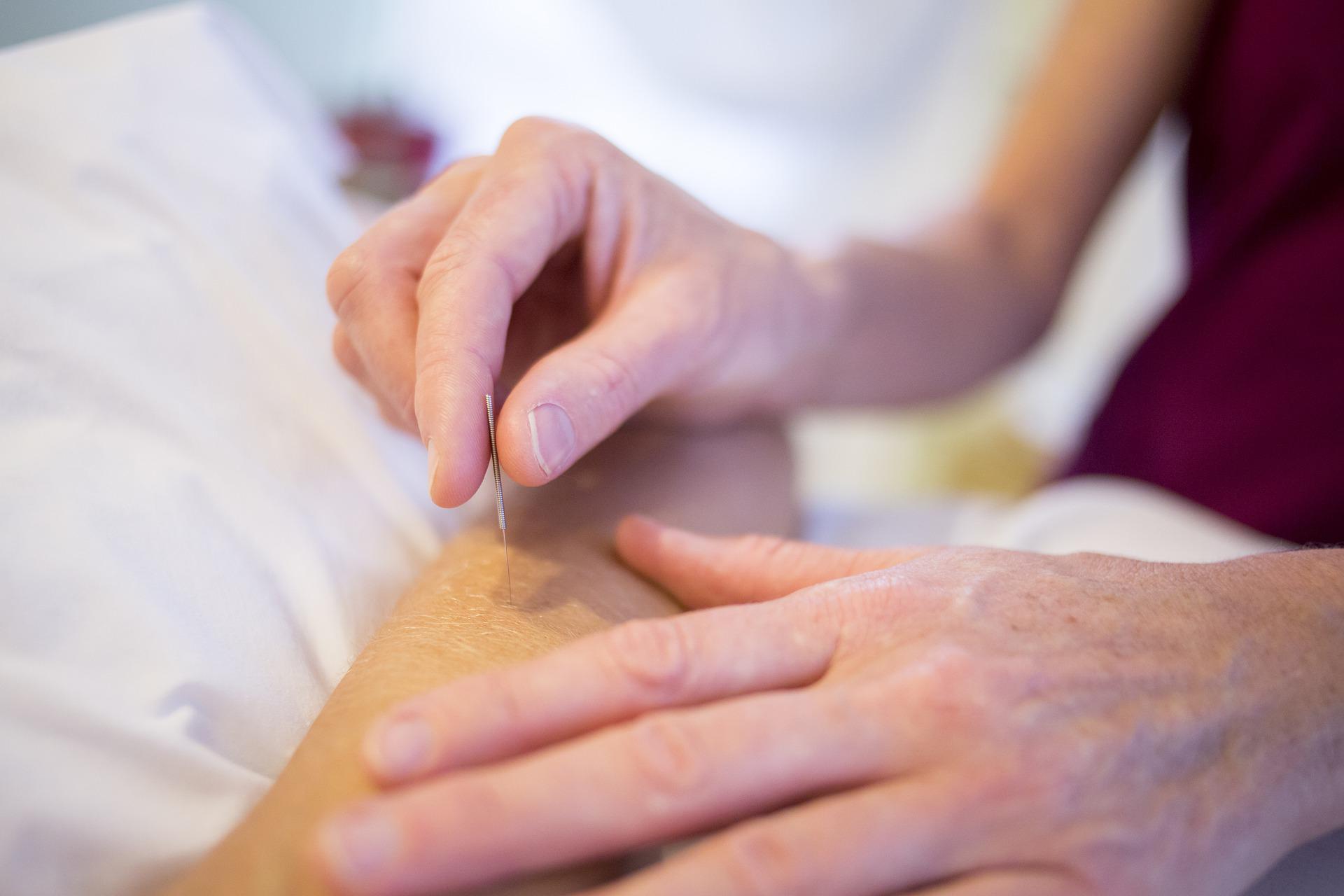Dealing with chronic pain can be an overwhelming and often frustrating experience. Traditional medical treatments sometimes fall short, leaving people searching for alternative methods of healing. Acupuncture, an ancient practice rooted in Traditional Chinese Medicine (TCM), has emerged as an effective option for many individuals suffering from chronic pain. But how does acupuncture work, what are its benefits, and what can you expect during a session? We’ll explore these questions and share some encouraging success stories from patients.
How Acupuncture Works
Acupuncture involves the insertion of very fine needles into specific points on the body known as acupuncture points or acupoints. According to TCM, these points lie along meridians through which energy or “qi” flows. When the flow of qi is disrupted, it can result in pain and illness. By stimulating these acupoints, acupuncture aims to restore the smooth flow of energy, thereby alleviating pain and promoting overall well-being.
Modern science offers a slightly different explanation. Inserted needles are believed to stimulate nerves, muscles, and connective tissues, increasing blood flow and triggering the release of natural painkillers like endorphins. This dual understanding helps clarify why acupuncture has been an effective treatment for pain relief for centuries.
Benefits of Acupuncture
1. Pain Relief
One of the most well-documented benefits of acupuncture is its effectiveness in relieving various types of chronic pain, including back, neck, and joint pain. People suffering from conditions such as fibromyalgia, osteoarthritis, and migraines have also found relief through regular acupuncture sessions.
2. Reduced Inflammation
Acupuncture can help reduce inflammation, which is often a significant contributor to chronic pain. This can be particularly beneficial for individuals dealing with inflammatory conditions like rheumatoid arthritis.
3. Improved Sleep
Chronic pain often disrupts sleep, but acupuncture can help improve sleep patterns by promoting relaxation and reducing pain levels, making it easier to fall and stay asleep.
4. Enhanced Mood
Living with chronic pain can take a toll on mental health. Acupuncture can help alleviate symptoms of anxiety and depression, providing a more holistic approach to pain management.
5. Minimal Side Effects
Unlike some prescription medications and invasive procedures, acupuncture has minimal side effects when performed by a qualified practitioner. The most common side effects are minor and may include slight soreness or bruising at the needle insertion sites.
Success Stories
Many patients at Longevity Wellness Clinic have experienced significant improvements in their chronic pain levels thanks to acupuncture. Here are a few real-life examples:
– John’s Journey with Osteoarthritis
John, a 62-year-old retiree, had been battling osteoarthritis in his knees for years. Despite trying various medications and physical therapy, he still struggled with daily pain. After just a few sessions of acupuncture, John noticed a substantial reduction in pain and increased mobility, allowing him to enjoy his retirement activities once more.
– Sarah’s Relief from Migraines
Sarah, a 35-year-old mother of two, suffered from debilitating migraines that affected her ability to care for her children and work. Traditional treatments offered limited relief. She decided to try acupuncture and, after several treatments, Sarah experienced fewer migraines and reduced intensity, making her life much more manageable.
– Mike’s Battle with Back Pain
Mike, a 45-year-old construction worker, injured his back on the job and had persistent pain despite various treatments. He gave acupuncture a try as a last resort. After a series of sessions, Mike reported a significant decrease in pain, allowing him to return to work with improved function and comfort.
Common Questions About Acupuncture for Pain Relief
1. Does acupuncture hurt?
Acupuncture typically involves inserting very thin needles, which should not cause significant pain. Some people may feel a mild prick or a sensation of energy, while others may experience minimal discomfort or no pain at all.
2. What should I wear to an acupuncture session?
Loose, comfortable clothing is recommended to ensure ease of movement and relaxation during the session.
3. How long do the benefits of acupuncture last?
The duration of benefits depends on various factors such as the patient’s age, overall health, condition being treated, and the frequency of treatments.
4. Can I combine acupuncture with other treatments?
Yes, many patients combine acupuncture with other services like chiropractic care, physical therapy, or cold laser therapy to enhance the benefits of both.
5. What health conditions does acupuncture treat?
Acupuncture is commonly used for pain relief, including back, neck, and joint pain, as well as conditions like fibromyalgia, headaches, and osteoarthritis.
6. How does acupuncture feel?
The experience of acupuncture varies from person to person. Some may feel relaxed, while others may feel invigorated. The goal is to ease pain and anxiety.
7. What are the risks of acupuncture?
The risks are generally low if performed by a competent practitioner using sterile needles. Common side effects include soreness, minor bleeding, or bruising at the needle insertion sites.
If you are struggling with chronic pain and seeking a holistic approach to treatment, consider giving acupuncture a try. At Longevity Wellness Clinic, our experienced practitioners are dedicated to helping you find relief and improve your quality of life. Contact us today to schedule your first session and take the first step towards a pain-free life.



